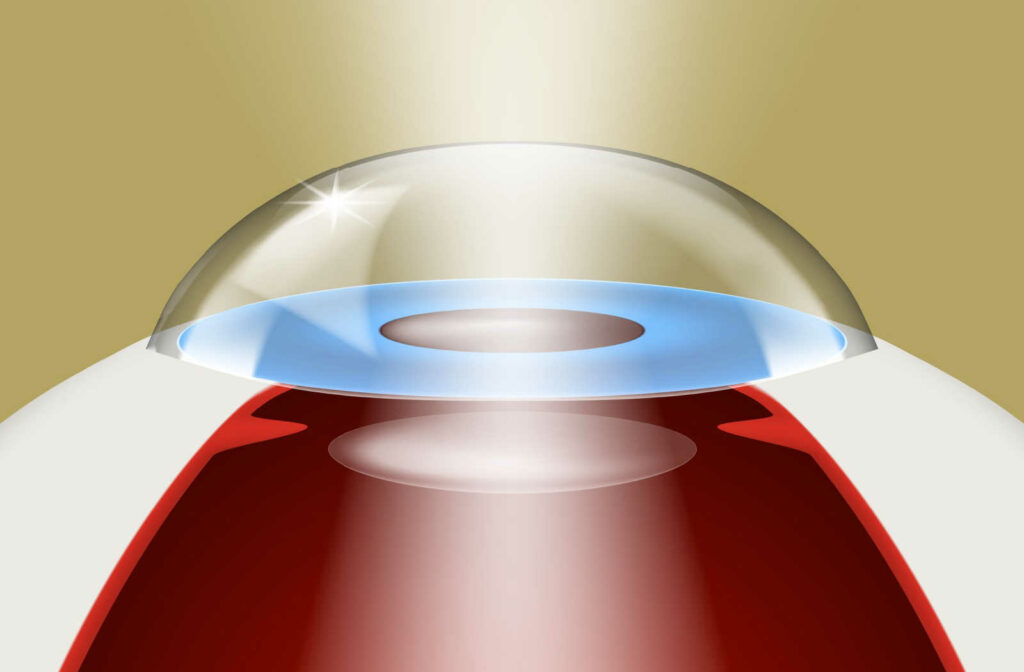Overview of Cataracts
Cataracts are typically an age-related condition. The risk of developing them increases after 40, and they are the leading cause of blindness in the United States. Fortunately, even though a cataract cannot be reversed, treatment is typically a smooth process once eyeglasses or contact lenses can’t correct a person’s vision.
The eye’s lens, responsible for focusing light after it enters the retina, is naturally clear. With an age-related cataract, this lens grows cloudy over time until it affects the vision. In some cases, an eye injury or surgery complication could lead to a cataract developing in a younger person.
How are cataracts treated?
Cataracts don’t always need immediate treatment. There are many cases where contact lenses or eyeglasses can correct a person’s vision enough to compensate for the developing cataract. But if the cataract develops to the point of disrupting daily activities, laser cataract surgery may be the best treatment option.Surgery, whether manual or with the laser, is the only way to permanently remove and replace a cataract.
One major consideration around this procedure is the intraocular lens (IOL) that you chose to replace your cloudy lens. One of our newest premium IOL options is the RxSight Light Adjustable Lens (LAL).
The LALis unique due to the special material it’s made out of. This unique lens gives your provider a greater degree of control over how they customize your vision after the cataract is gone and the surgery is complete.
Symptoms of a Cataract
It’s worth mentioning the importance of comprehensive eye exams as recommended by your eye doctor. Typically a cataract begins developing with little to no symptoms. But suppose the optometrist diagnoses a cataract in your vision during an eye examination? In that case, they can begin treating it by adjusting your prescription.
Symptoms that indicate you may be dealing with a cataract include:
- Faded-looking colors
- Lights appear brighter than they are
- Poor night vision
- Cloudy or blurry vision
- Double vision
- Rapidly changing prescription
- Halos surrounding lights
Cataract Surgery
If you’re dealing with cataracts that glasses or contacts aren’t correcting, cataract surgery is the only permanent solution. Fortunately, it’s a reasonably simple procedure involving removing the old, cloudy lens. This lens is replaced with an artificial IOL.
What Is the Light Adjustable Lens?
The Light Adjustable Lens (LAL) is a premium IOL option that allows your eye doctor to customize and optimize your vision after completing the cataract surgery. If you choose the LAL, the cataract surgery won’t really be any different. The difference in these IOLs is the ability to adjust the lens afterward.
The most significant thing that separates LAL from other IOL options is the material they’re made from. It’s a unique photosensitive material that actually changes in response to a special light treatment you can get in your eye doctor’s clinic from a piece of equipment called a LDD, a Light Delivery Device.
In most cases, you can expect 3 light treatments before reaching your vision goals.

Other Intraocular Lens Options
At Lake Eye Associates, we proudly offer 5 different types of IOLs in addition to the LAL:
- Accommodating lenses: An accommodating lens works in conjunction with your eye’s muscles to help correct presbyopia (farsightedness) and improve your mid to far-distance vision.
- Multifocal lenses: You’ve probably seen multifocal eyeglasses that allow the wearer to see through a single lens at multiple distances. In many cases, these premium IOLs offer a similar correction without wearing glasses or contacts.
- Monofocal lenses: A monofocal lens will only correct one distance issue. For example, it can correct myopia so that you can see far away objects without glasses. But you may still need reading glasses.
- Extended range lenses: These IOLs give you an option that corrects vision at multiple distances. Your eye doctor can review whether these are the best option for your vision needs.
- Toric lenses: A toric lens may be the best option for correcting astigmatism because of its unique shape. They may offer the best vision for near and farsightedness as well.
Discuss Your Options with an Optometrist
If you’re experiencing cataracts affecting your vision, talk to your eye doctor about your IOL options. You may be able to ditch the frames or contact lenses after cataract laser eye surgery. Contact us at Lake Eye Associates today. Our team can answer all your questions or book you in for a consultation with one of our optometrists at a location near you.

